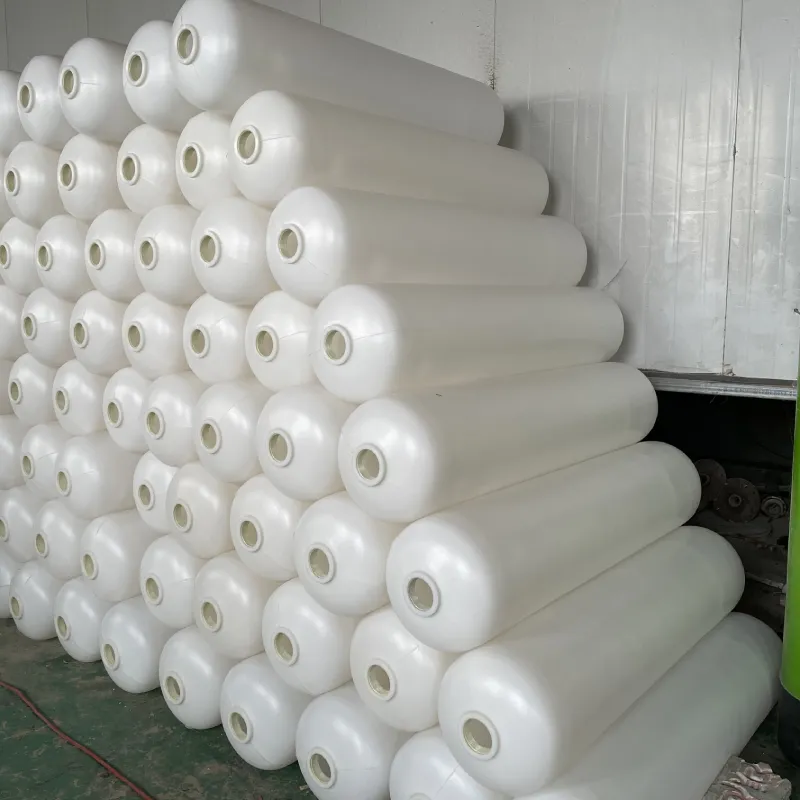loading...
- No. 9, Xingyuan South Street, Dongwaihuan Road, Zaoqiang County, Hengshui, Hebei, China
- admin@zjcomposites.com
- +86 15097380338
- Welcome to visit our website!
frp grating platform
Understanding the FRP Grating Platform A Versatile Solution for Modern Industries
In today’s rapidly evolving industrial landscape, safety, efficiency, and sustainability are more crucial than ever. Among the various materials designed to enhance workplace safety and structural integrity, Fiber Reinforced Polymer (FRP) grating platforms have emerged as a significant innovation. Combining strength, light weight, and corrosion resistance, FRP grating platforms are transforming how industries approach flooring solutions in harsh environments.
What is FRP Grating?
FRP grating is a type of flooring made by combining fibers (usually glass) with a polymer resin. This combination results in a highly durable material that can withstand severe conditions. FRP grating platforms are available in various configurations to suit a wide range of applications, from chemical processing plants and waste treatment facilities to pedestrian walkways and offshore platforms.
Advantages of FRP Grating Platforms
1. Corrosion Resistance One of the standout features of FRP grating platforms is their resistance to corrosion. Unlike traditional materials such as steel or aluminum, which can deteriorate in harsh chemical environments, FRP does not rust or corrode. This makes it an ideal choice for industries where exposure to liquids or corrosive agents is common.
2. Lightweight and Easy to Install FRP grating is significantly lighter than metal alternatives. This ease of handling not only speeds up the installation process but also reduces transportation costs. The lighter weight means that the supporting structures do not need to be as robust, further contributing to cost savings.
3. Non-Slip Surface Safety is paramount in any industrial setting. FRP grating platforms can be manufactured with textured surfaces to enhance slip resistance, offering a safer environment for workers, even in wet or oily conditions. This feature is particularly beneficial in areas prone to spills or heavy foot traffic.
frp grating platform

4. Customizable Designs FRP grating can be customized to meet specific project requirements. It is available in different sizes, colors, and load-bearing capacities. This flexibility allows engineers and designers to create solutions that are not only functional but also aesthetically pleasing.
5. Environmental Benefits As industries strive to adopt more environmentally friendly practices, FRP’s efficient lifecycle comes into play. The material can be manufactured with minimal waste, and its longevity reduces the need for frequent replacements, therefore conserving resources in the long run.
Applications of FRP Grating Platforms
The versatility of FRP grating platforms is evident in their wide range of applications
- Chemical Processing In environments where chemical spills are a risk, FRP grating provides a safe walking surface while withstanding exposure to harsh substances. - Wastewater Treatment The durability of FRP makes it suitable for use in wastewater treatment facilities, where it can endure fluctuating temperatures and corrosive elements. - Marine Environments Offshore platforms face unique challenges, including saltwater exposure. FRP grating is a reliable option for providing safe access routes and workspaces in these demanding conditions. - Commercial and Residential Spaces Beyond industrial applications, FRP can also be used in commercial settings, such as shopping centers or leisure facilities, as well as in residential outdoor areas like decks and patios.
Conclusion
As industries continue to adapt to evolving challenges in safety and efficiency, the adoption of innovative materials like FRP grating platforms is on the rise. Their superior properties, including corrosion resistance, lightweight nature, and customizable designs, make them an ideal choice for a multitude of applications. The ability to enhance workplace safety while simultaneously reducing maintenance costs solidifies FRP grating platforms as a crucial component in modern industrial and commercial infrastructure. Embracing these advanced materials not only drives operational efficiencies but also reinforces a commitment to safety and sustainability in today's industrial practices.
-
The Rise of FRP Profiles: Strong, Lightweight, and Built to LastNewsJul.14,2025
-
SMC Panel Tanks: A Modern Water Storage Solution for All EnvironmentsNewsJul.14,2025
-
GRP Grating: A Modern Solution for Safe and Durable Access SystemsNewsJul.14,2025
-
Galvanized Steel Water Tanks: Durable, Reliable, and Ready for UseNewsJul.14,2025
-
FRP Mini Mesh Grating: The Safer, Smarter Flooring SolutionNewsJul.14,2025
-
Exploring FRP Vessels: Durable Solutions for Modern Fluid HandlingNewsJul.14,2025
-
GRP Structures: The Future of Lightweight, High-Performance EngineeringNewsJun.20,2025
